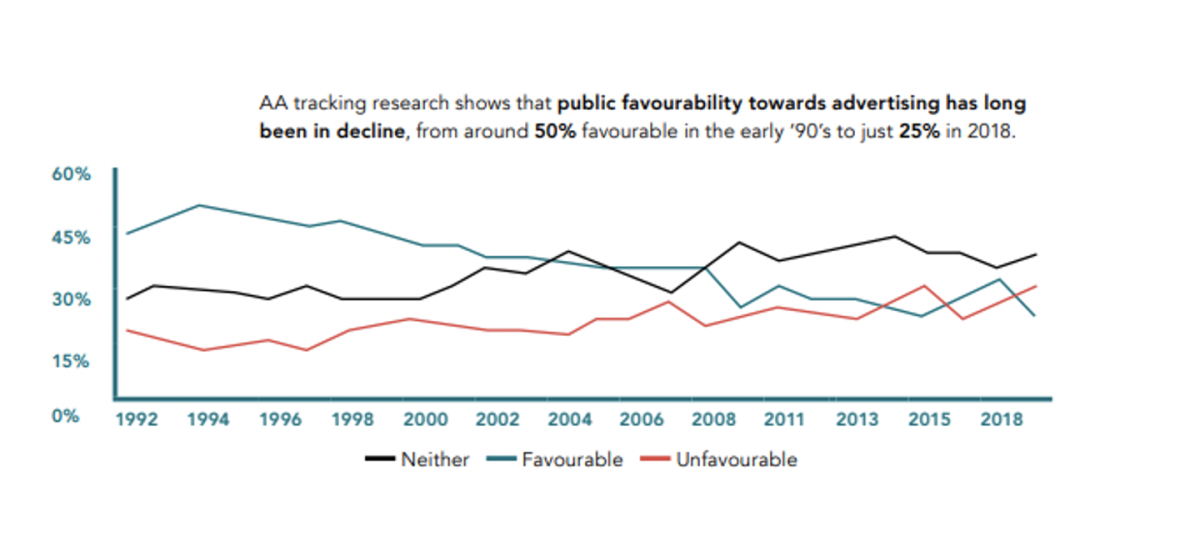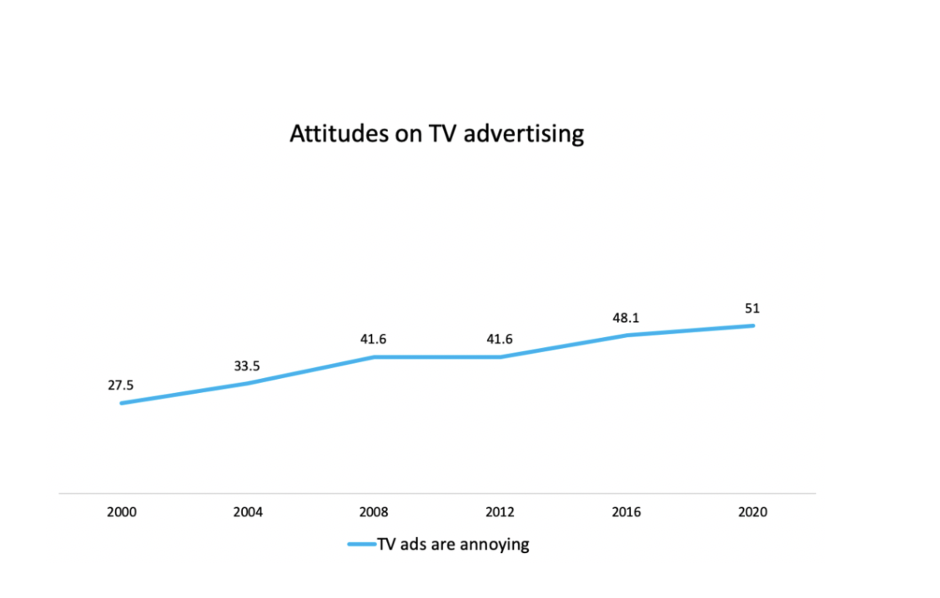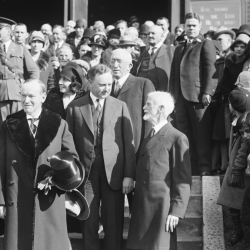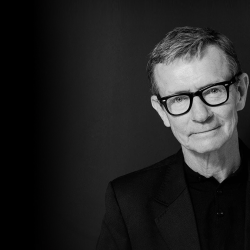Blur famously said that ‘modern life is rubbish’.
Maybe it would have been more accurate if they’d said modern life is complex.
Complexity is probably the defining trait of our day-to-day existence. Think about what you’ve done today — you’ve probably made hundreds, if not thousands, of tiny decisions already.
That volume of choices poses a problem. How can we weigh them all up in a fully considered manner? If we laboriously evaluated every decision we’d grind to a halt with the sheer effort.
Our solution is straight-forward: we seek out the path of least resistance. In the words of the Nobel Laureate, Daniel Kahneman:
“This is the essence of intuitive heuristics: when faced with a difficult question, we often answer an easier one instead, usually without noticing the substitution.”
This sleight of hand occurs with commercial decisions. It’s hard for a shopper to evaluate the merits of a brand.
Will it live up to its claims?
Will it provide adequate quality?
Will it or end up being good value for money?
They’re tricky questions to accurately answer. And who wants to expend much effort when they’re choosing a pack of razors, or the right brand of frozen peas?
So, just as Kahneman says, instead of thinking deeply we turn to an alternative question that’s easier to answer. And that tends to be do I like the brand?
(I’m purposefully using the word like rather than love. We love our family and our friends. We don’t love half-price packs of plasters or jumbo-sized kitchen towels. Talking about loving a brand is unhelpful marketing hyperbole.)
We rely on our split-second emotional reaction as a proxy for these other questions.
The halo effect
That’s not speculation. In 1977 Richard Nisbett from the University of Michigan recruited a large number of students and randomly assigned them to one of two groups. Both sets were asked to watch a video of a Belgian academic with a strong accent delivering a lecture.
The twist in the experiment was that in one video, the lecturer behaved in a warm and likeable way, whereas in the other he was cold and unfriendly. Apart from that difference everything else in the lecture was the same — the content, the length of the talk, even the mannerisms and accent of the academic.
Nisbett then asked the participants to rate the speaker on a variety of metrics. Unsurprisingly, the group who watched the friendly performance rated the instructor as 72% more likeable than those who had seen the aloof performance.
However, what was surprising was that the participants’ evaluation of completely unrelated attributes varied between the groups. They gave wildly different ratings on things like the lecturer’s accent, mannerisms, even looks, depending on whether they had seen the friendly or unfriendly performance.

The study shows that a stand-out attribute, such as likeability, colours people’s evaluation of other unrelated attributes. This is known as the halo effect.
And the halo effect should concern anyone working in marketing.
The likeability crisis
We hear about many crises in marketing. Most are overblown. But if there’s one thing that’s approaching crisis level, it’s the decline in the likeability of ads.
Let’s look at three data sets.
First, the Advertising Association and their long-term study into the public’s favourability towards advertising. There’s a clear trend: over the last 25 years favourability has fallen almost continuously, from roughly 50% in the early 90s to 25% in 2018.

That data is not a one-off. If we turn to TGI we can look at the proportion of people who agree with the statement that TV ads are annoying. In 20 years, annoyance has risen from 27.5% to 51%. A near doubling.

Source : TGI/BBH Labs
Or one final example, again from TGI/ BBH Labs. This time it shows the proportion of people who agree that they enjoy the ads as much as the programmes. The current figure is half what it was at the high point in 1990.

Source : TGI/BBH Labs
It’s a striking pattern. Over the last twenty years adverts and advertising has become less likeable. A lot less likeable.
What can we do?
The solution is simple if we choose to accept it.
Stop focusing on fictitious problems, like the trust crisis.
Stop broadcasting self-congratulatory messages about company ethics (just get on with quietly doing it in the background).
Stop prioritising the medium over the message.
Instead heed the advice of Martin Boase, the founder of Britain’s greatest ad agency, BMP:
“If you are going to invite yourself into someone’s living room, you have a duty not to bore them. On the other hand, if you are a charming guest and you entertain them or amuse them or tell them something interesting, then they may like you a bit better and then they may be more inclined to buy your brand.”
Likeability and charm aren’t nice to have, but a fundamental part of what makes for successful advertising.
Richard will be running a workshop on applying behavioural science to marketing in late April. If you’re interested in attending the details are here.
Featured image: Blur.co.uk































